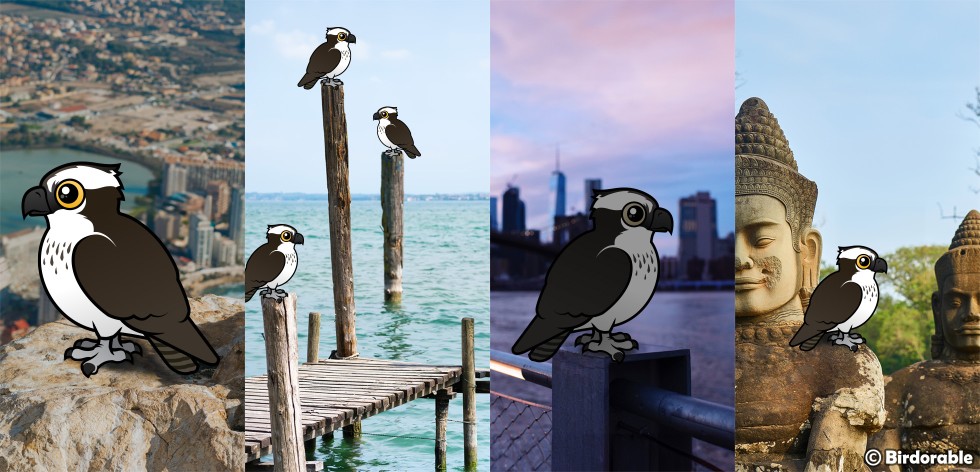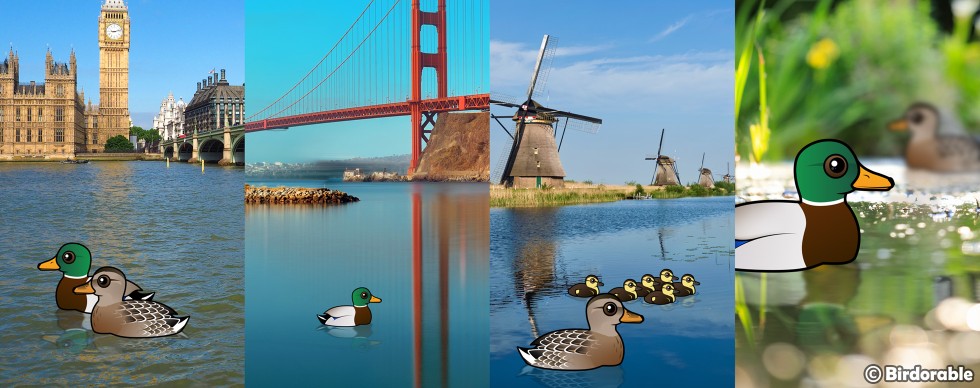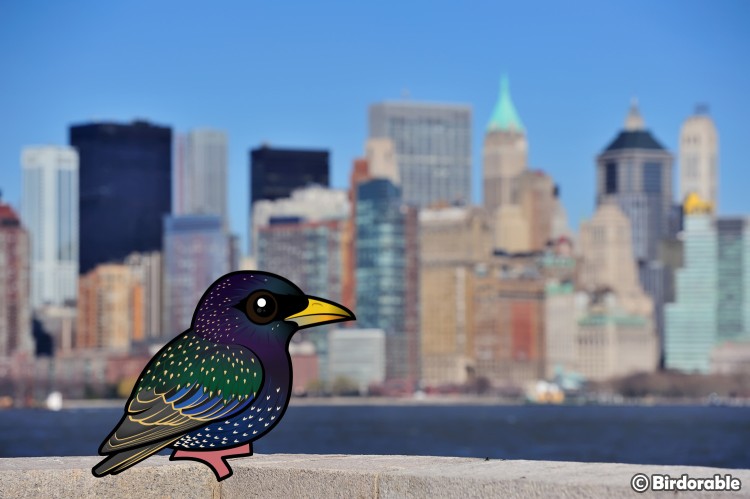Bird Term: Cosmopolitan
Exploring the Meaning of "Cosmopolitan" in the Avian World

Ospreys around the world
Imagine a bird, not confined by national boundaries or familiar landscapes, but a feathered citizen of the world. This is the essence of a cosmopolitan bird species – one that transcends geographic limitations and thrives in a vast tapestry of habitats across the globe. But what exactly does this term mean, and how do birds achieve such remarkable adaptability?
The word cosmopolitan, derived from the Greek kosmopolites, means "citizen of the world."
The core of cosmopolitanism for birds lies in their distribution. Unlike species confined to specific regions or ecological niches, cosmopolitan birds boast expansive ranges that span continents and oceans. The Rock Pigeon, for example, is a ubiquitous urban resident, dotting rooftops from New York to Shanghai. The Arctic Tern, on the other hand, embarks on epic annual migrations, traversing the entire globe from Arctic breeding grounds to Antarctic feeding grounds.

Mallards around the world
Adaptability plays a crucial role in cosmopolitan bird species. Consider the Cattle Egret, a clever opportunist, following herds of large herbivores like cattle and buffalo, gleaning insects disturbed by their grazing. This nomadic strategy allows it to thrive in a variety of agricultural landscapes worldwide.
Cosmopolitanism isn't a static concept. It's a dynamic interplay between distribution and adaptation, influenced by factors like climate change, habitat availability, and human activities. The House Sparrow, another cosmopolitan champion, has adapted to human settlements so effectively that its range has expanded alongside our own, even in isolated islands and remote mountain villages.
Yet, cosmopolitanism doesn't imply homogeneity. While sharing a global presence, these birds often exhibit regional variations in their populations, behavior, and even appearance.
Ultimately, the meaning of "cosmopolitan" in the avian world is a tapestry woven from vast distributions, remarkable adaptability, and an inherent defiance of boundaries. These birds remind us that the world is not a collection of isolated maps, but a connected web of life, where feathered ambassadors navigate continents and ecosystems with impressive resilience.

European Starling in New York City
Here are some examples of cosmopolitan bird species:
-
Peregrine Falcon: Found all over the world, this bird of prey is renowned for its impressive speed and hunting prowess. They nest on cliffs in natural areas and on buildings in urban areas.
-
Barn Owl: With a distribution across every continent except Antarctica, the barn owl is one of the most widely distributed bird species.
-
Osprey: This fish-eating bird of prey is found near coastlines worldwide, except for polar regions.
-
Mallard: Native to most of the Northern Hemisphere, it has been introduced to other areas and is commonly found in parks and urban ponds.
-
European Starling: Originally from Europe, Asia, and North Africa, this bird has been introduced to Australia, New Zealand, South Africa, and North America; it seems to thrive everywhere.
-
Barn Swallow: These acrobatic aerialists connect continents with their breathtaking migrations. Nesting in farms and buildings across the globe, they spend most of their lives on the wing, catching insects mid-air with stunning precision.
-
Rock Pigeon: This cosmopolitan species has adapted to urban environments around the world.
-
House Sparrow: Native to Europe and Asia, these birds have been introduced to and thrived in many parts of the world.
-
Eurasian Collared-Dove: Originally from Asia and Europe, this species has seen a significant expansion in its range across North America.
-
Black-crowned Night Heron: Found on every continent except Australia and Antarctica, it is a common species in both freshwater and coastal habitats.













Comments
Leave a comment
Thank you!